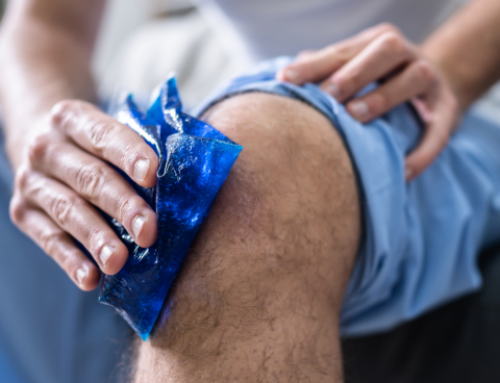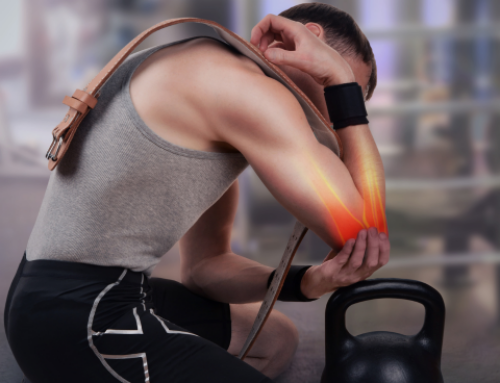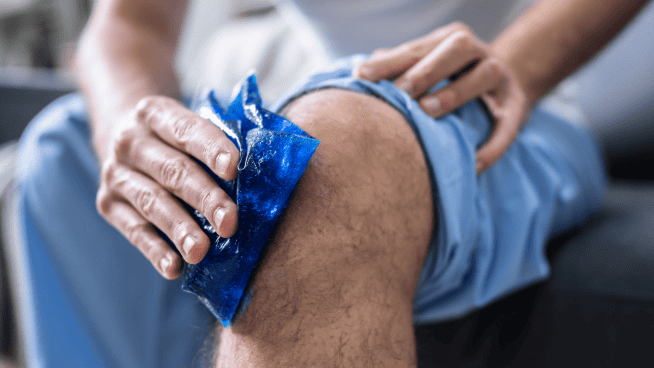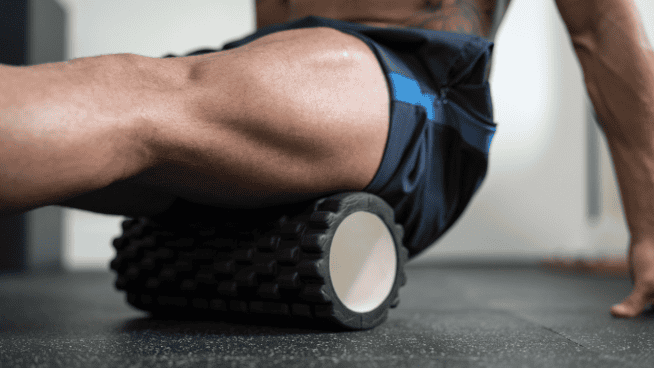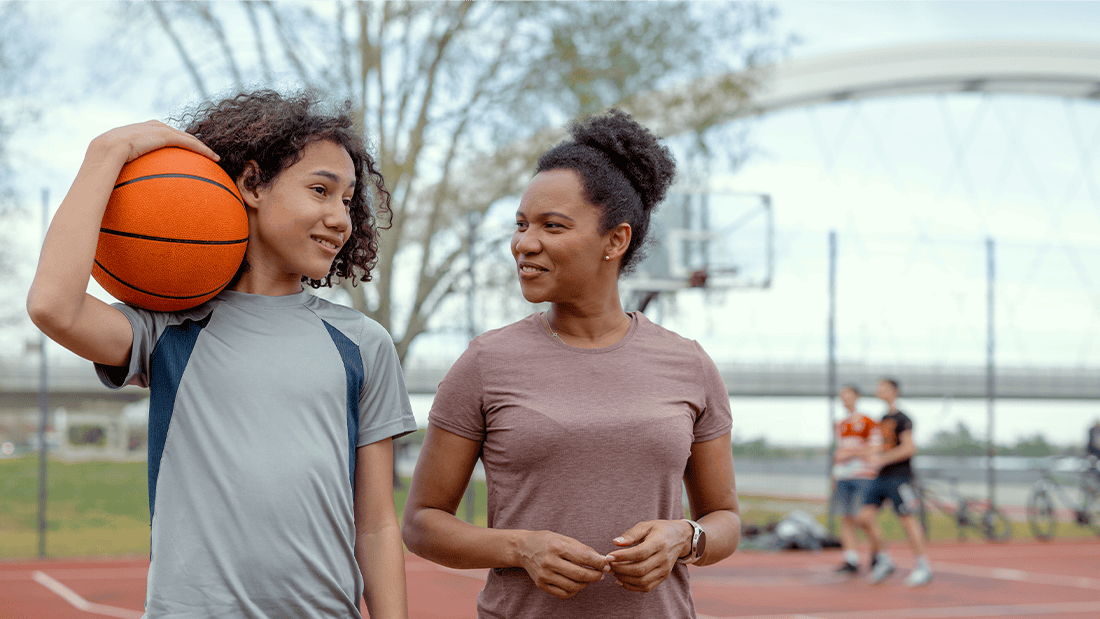Female Swimmers: 3 Tips to Prevent Common Injuries
It’s impossible to completely eliminate injury from the sport of women’s swimming. The sport places tremendous stress on the body, which can lead to breakdown over time. However, there are strategies you can implement to reduce your chance of succumbing to some of the common injuries that affect female swimmers.
Shoulders
Wide shoulders increase the torque on the shoulder. As swimmers develop, their shoulders increase in size to adapt to the stress. Women’s upper-body physiological and strength differences put them at an increased risk compared to men. A study by Miller et. al. found that women’s upper-body strength is 55 to 66 percent less than their male counterparts. This relative weakness places their shoulders at a higher risk of overuse due to the volume of shoulder motions required by the sport.
Injury Solution: Keep your hands underneath your body during the pull phase. Start injury prevention programs immediately. (Learn how to prevent swimmer’s shoulder.)
Low Back
Low-back injuries are rampant in our culture. Swimmers are at a particular risk because of frequent flexion and extension of this part of their bodies, which can cause fatigue. Women have a higher overall percentage of body fat, meaning they have less muscle acting to support their weight.
Injury Solution: Make sure your body is moving as a unit, especially during long-axis strokes (freestyle and backstroke). This decreases the shear stress and the risk of injury. For short-axis strokes (butterfly and breast stroke), make sure your body has adequate strength to endure excessive flexion and extension. (Discover how to relieve lower-back pain.)
Knee
Women are six times more likely to sustain an ACL injury than men, due in part to their wider hips. Luckily, ground reaction forces and pivoting are not part of swimming, so this helps reduce the risk. However, the breaststroke does place higher stress on the knees than other strokes, especially if technique is faulty or hip strength is inadequate.
Injury Solution: Improve hip strength and keep the hip and knee angle in a straight line to limit inward knee stress. (Prevent ACL injuries with these exercises.)
Reference
Miller, AE; MacDougall, JD; Tarnopolsky, MA; Sale, DG (1993). “Gender differences in strength and muscle fiber characteristics.” European Journal of Applied Physiology.
RECOMMENDED FOR YOU
Female Swimmers: 3 Tips to Prevent Common Injuries
It’s impossible to completely eliminate injury from the sport of women’s swimming. The sport places tremendous stress on the body, which can lead to breakdown over time. However, there are strategies you can implement to reduce your chance of succumbing to some of the common injuries that affect female swimmers.
Shoulders
Wide shoulders increase the torque on the shoulder. As swimmers develop, their shoulders increase in size to adapt to the stress. Women’s upper-body physiological and strength differences put them at an increased risk compared to men. A study by Miller et. al. found that women’s upper-body strength is 55 to 66 percent less than their male counterparts. This relative weakness places their shoulders at a higher risk of overuse due to the volume of shoulder motions required by the sport.
Injury Solution: Keep your hands underneath your body during the pull phase. Start injury prevention programs immediately. (Learn how to prevent swimmer’s shoulder.)
Low Back
Low-back injuries are rampant in our culture. Swimmers are at a particular risk because of frequent flexion and extension of this part of their bodies, which can cause fatigue. Women have a higher overall percentage of body fat, meaning they have less muscle acting to support their weight.
Injury Solution: Make sure your body is moving as a unit, especially during long-axis strokes (freestyle and backstroke). This decreases the shear stress and the risk of injury. For short-axis strokes (butterfly and breast stroke), make sure your body has adequate strength to endure excessive flexion and extension. (Discover how to relieve lower-back pain.)
Knee
Women are six times more likely to sustain an ACL injury than men, due in part to their wider hips. Luckily, ground reaction forces and pivoting are not part of swimming, so this helps reduce the risk. However, the breaststroke does place higher stress on the knees than other strokes, especially if technique is faulty or hip strength is inadequate.
Injury Solution: Improve hip strength and keep the hip and knee angle in a straight line to limit inward knee stress. (Prevent ACL injuries with these exercises.)
Reference
Miller, AE; MacDougall, JD; Tarnopolsky, MA; Sale, DG (1993). “Gender differences in strength and muscle fiber characteristics.” European Journal of Applied Physiology.


